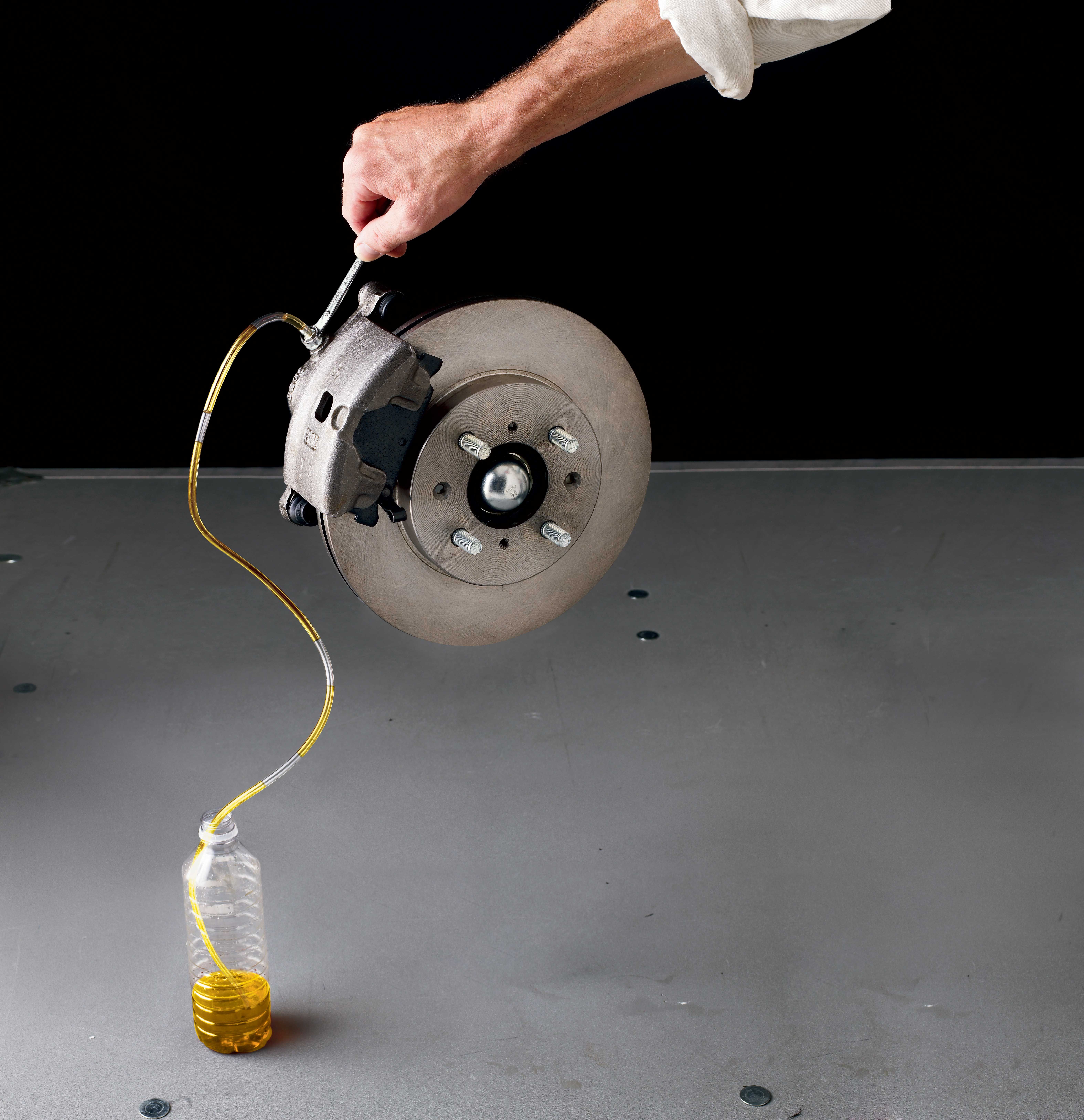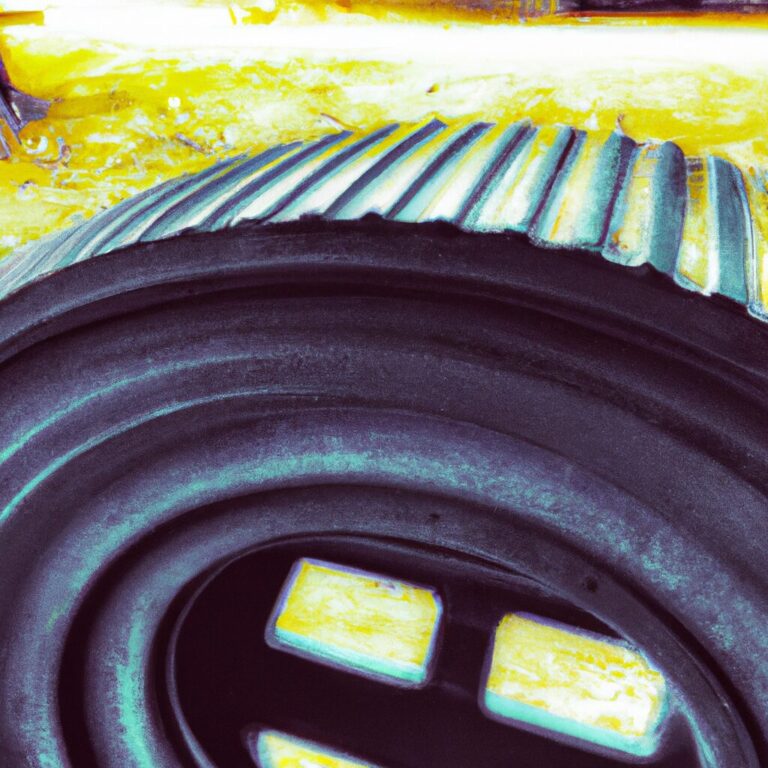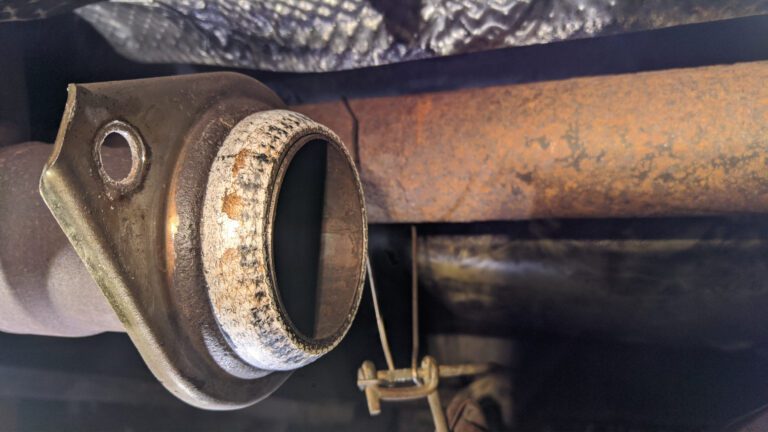Do You Have to Bleed Brakes When Changing Calipers
Yes, bleeding brakes when changing calipers is necessary to remove air from the brake system. This ensures proper brake performance and safety.
When you replace calipers, air can enter the brake lines, causing spongy brakes or brake failure. Bleeding the brakes removes trapped air, allowing for optimal braking function. Without bleeding, the air can compromise braking effectiveness and lead to unsafe driving conditions.
By bleeding the brakes, you are purging the system of air bubbles and maintaining the integrity of your brake system. Let’s explore why bleeding brakes is crucial when changing calipers and how to do it properly to ensure your safety on the road.
What Are Brake Calipers?
What are brake calipers? Brake calipers are a crucial component of a vehicle’s braking system. They are responsible for the conversion of hydraulic pressure from the brake master cylinder into friction, which in turn stops the vehicle. The calipers contain the brake pads and are accountable for squeezing them against the rotors when the brake pedal is engaged.
Function Of Brake Calipers
Brake calipers play a significant role in the vehicle’s braking system. They are responsible for converting hydraulic pressure into friction by squeezing the brake pads against the rotors. When the brake pedal is pressed, the calipers clamp down on the rotors, causing the vehicle to slow down or come to a complete stop.
Types Of Brake Calipers
There are several types of brake calipers, each with its own unique features and advantages. The most common types include:
- Floating calipers
- Fixed calipers
- Sliding calipers

Credit: shop.advanceautoparts.com
Understanding The Need To Bleed Brakes
When changing calipers on your vehicle, understanding the need to bleed brakes is crucial for maintaining safety and optimal braking performance. Bleeding brakes is a process that removes air bubbles from the brake system, ensuring that the brakes function effectively and efficiently. Let’s dive into what brake bleeding is and why it is essential.
What Is Brake Bleeding?
Brake bleeding is the process of removing air bubbles from the brake lines, which can affect the braking system’s performance. Air bubbles can lead to a spongy brake pedal and reduced braking efficiency.
Importance Of Bleeding Brakes
- Ensures optimal brake performance.
- Prevents air bubbles that compromise safety.
- Maintains consistent brake pedal feel.
Changing Calipers Without Bleeding
Changing calipers without bleeding:
Consequences Of Not Bleeding Brakes
If you change calipers without bleeding, air pockets can get trapped in the brake lines, leading to spongy brakes and reduced stopping power.
This could result in brake failure, putting your safety at risk, and potentially causing accidents.
When Can You Skip Bleeding Brakes?
If you are replacing a caliper without disconnecting the brake line or introducing air into the system, you may be able to skip bleeding.
However, it’s always recommended to bleed the brakes whenever you work on the braking system to ensure proper function and safety.
Process Of Bleeding Brakes
When replacing your car’s calipers, it is crucial to bleed the brakes to ensure optimal performance and safety. The process of bleeding brakes involves removing air bubbles from the brake lines, which can affect the brake pedal’s responsiveness. Let’s dive into the tools required and the steps to bleed the brakes effectively.
Tools Required For Bleeding Brakes
Before starting the bleeding process, ensure that you have the following tools handy:
- Jack and jack stands
- Lug wrench
- Brake fluid
- Tubing and catch pan
- Wrench or socket set
- Bleeder wrench
- Brake bleeding kit (optional)
Steps To Bleed The Brakes
Follow these steps to effectively bleed the brakes:
- Secure the car on a level surface and loosen the lug nuts.
- Jack up the vehicle and secure it on jack stands.
- Locate the brake bleeder valve on the caliper and place the tubing on the valve.
- Submerge the other end of the tubing into the catch pan filled with brake fluid.
- Have a helper press the brake pedal while you open the bleeder valve, releasing air and old fluid.
- Repeat the process for each wheel, starting from the furthest from the master cylinder.
- Ensure the brake fluid reservoir is topped off throughout the bleeding process to avoid air entering the system.
- Once there are no more air bubbles in the tubing, tighten the bleeder valve and remove the tubing.
- Reinstall the wheels, lower the vehicle, and test the brake pedal’s responsiveness before driving.
Benefits Of Bleeding Brakes When Changing Calipers
Bleeding brakes when changing calipers is essential as it ensures proper functionality and safety. By removing air bubbles in the brake lines, it allows for efficient fluid flow and optimal braking performance.
When changing calipers on your vehicle, bleeding the brakes is an essential step that should not be overlooked. Bleeding the brakes involves removing air bubbles from the brake lines, thereby ensuring optimal braking performance. It is crucial to bleed the brakes to improve both the safety and efficiency of your vehicle’s braking system.
Improved Braking Performance
Bleeding the brakes when changing calipers results in improved braking performance. By removing air bubbles from the brake lines, you can restore the proper functioning of the braking system. Air bubbles in the brake lines can cause a spongy brake pedal feel and reduce the stopping power of your vehicle. Bleeding the brakes helps to eliminate these issues and ensures that the brake pedal feels firm and responsive.
Preventing Air Bubbles And Spongy Brakes
One of the main benefits of bleeding brakes when changing calipers is preventing the occurrence of air bubbles in the brake lines. Air bubbles can enter the brake lines during caliper replacement or any other brake system servicing procedure. If not properly addressed, these air bubbles can compromise the braking system’s functionality and lead to spongy brakes. Bleeding the brakes removes the air bubbles and ensures that the brake pedal provides a consistent and reliable feel.
– Bleeding brakes removes air bubbles from the brake lines, preventing spongy brakes. – Properly bleeding the brakes when changing calipers helps maintain brake pedal firmness. – By bleeding brakes, you can achieve consistent braking performance.Ensuring Each Heading Adheres To Html Syntax
Improved braking performance
Preventing air bubbles and spongy brakes
Ensuring each H3 heading adheres to HTML syntax

Credit: www.wikihow.com

Credit: www.popularmechanics.com
Frequently Asked Questions On Do You Have To Bleed Brakes When Changing Calipers
What Happens If You Don’t Bleed Calipers?
If you don’t bleed calipers, air can get trapped, leading to spongy brakes and reduced stopping power.
Can You Remove Calipers Without Bleeding Brakes?
No, removing calipers without bleeding brakes is not recommended to prevent air bubbles in the system.
How Do You Prevent Brake Fluid Loss When Changing Calipers?
To prevent brake fluid loss when changing calipers, remember to clamp or plug the brake line.
How Do You Get Air Out Of Brake Calipers?
To remove air from brake calipers, perform a brake bleeding process. Attach a clear tubing to the brake bleeder valve, then loosen the valve. Pump the brake pedal to expel air and tighten the valve. Repeat until no air bubbles appear in the tubing.
Can I Change Brake Calipers Without Bleeding The Brakes?
Yes, you can change brake calipers without bleeding the brakes as long as you don’t open the brake lines.
Is Bleeding The Brakes Necessary When Replacing Calipers?
Yes, bleeding the brakes is necessary when replacing calipers to remove air from the brake lines.
Why Is Bleeding Brakes Important After Changing Calipers?
Bleeding brakes after changing calipers is important to ensure proper brake performance and eliminate air pockets.
Conclusion
After changing calipers, bleeding the brakes is essential to ensure proper function. Proper bleeding removes air bubbles, preventing spongy brakes. It also ensures the calipers receive proper fluid flow, enhancing stopping power and safety. Neglecting this step can lead to brake failure, risking serious accidents.
So, always bleed your brakes after changing calipers.


